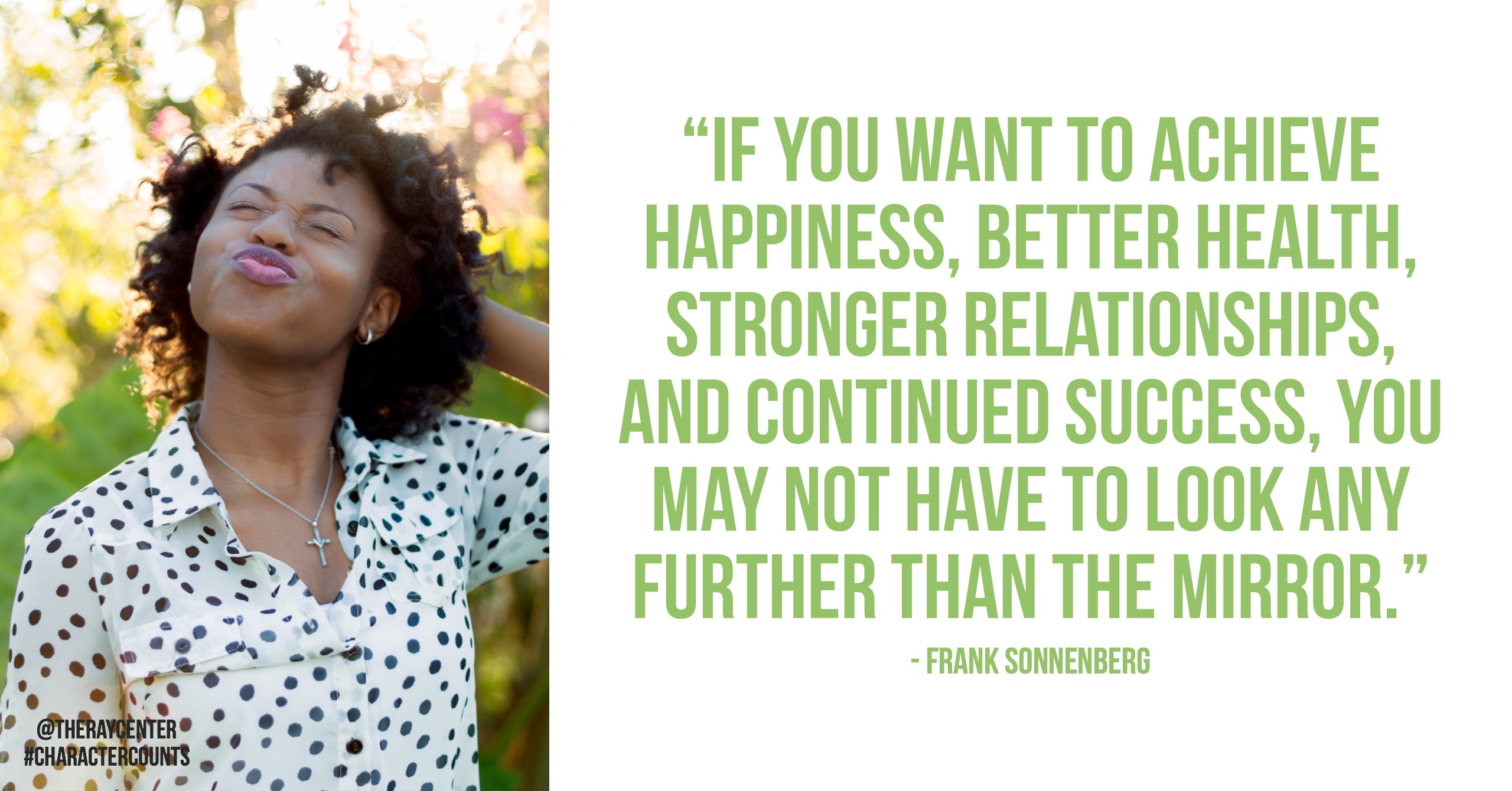The ultimate gift
From our guest contributor Michael Josephson.
Jimmy was nine when his mom told him his little sister was sick and would die if she didn’t get a blood transfusion – and Jimmy was one of the only people in the world who had the rare blood type needed. She asked if he would be willing to let the doctors give some of his blood to his sister. Jimmy was very somber. He didn’t know what was involved, but he loved his sister and he agreed to give his blood.
On the appointed day, Jimmy was solemn, but brave, when the nurse put the needle into his vein and began to drain his blood. After a few minutes of watching the bag fill, he looked scared.
The nurse said, “Don’t worry, it will be over soon and it won’t hurt.”
The boy accepted her assurances and asked, “How much longer will it be before I die?”
The nurse was shocked. “You’re not going to die!” she said, and then wept when she realized he thought he had to give all his blood to save his sister.
I love this story and get teary every time I tell it – even though I know it’s a parable.*
Whether or not this exact event occurred, the story illustrates a profound and uplifting fact about human nature — the capacity for voluntary self-sacrifice. And while we see a similar phenomenon in the animal world, in a mother’s fierce protection of her young, the fact that that this willingness to risk everything to save another that extends to the whole family is uniquely human. Even more significant proof of the power of real love and the spiritual concept of duty is endless evidence of strangers risking their lives and giving their time and money to help others.
Some fear that if they give too much, they will have too little, never realizing how much we get by giving. Consider this observation by Mother Teresa, “I have found the paradox that if I love until it hurts, then there is no hurt, but only more love.”
In these cynical times, it’s important that we acknowledge and celebrate this intrinsic human quality. It is this quality that fuels a realistic hope that we can overcome our darker instincts, so we live better lives and create a society where others live better lives.
* This is my version of a parable that I first saw in Chicken Soup for the Soul. The story touched and inspired me because it reveals one of the noblest and distinguishing qualities of humankind: the willingness to sacrifice oneself for another. Even after I later discovered on snopes.com, a website that traces the source of “urban myths,” that the roots of this moving parable go back at least 80 years, I still find it uplifting. Most great teachers, including Confucius, Jesus, Mohammad and Buddha, have used parables — stories to teach and illustrate a moral lesson point. I hope you don’t object.
 Michael Josephson is an influential and internationally renowned champion of character education for youth and ethical conduct in business, government, policing, journalism, sports, healthcare and law. He is credited by many as the person most responsible for reviving and professionalizing the character education in school and youth-serving organizations. In 1992, under the auspices of the Josephson Institute he created CHARACTER COUNTS!, the world’s most widely implemented character development initiative based on a common language of shared values – the Six Pillars of Character) and Pursuing Victory With Honor (1996), a companion program promoting ethics in sports.
Michael Josephson is an influential and internationally renowned champion of character education for youth and ethical conduct in business, government, policing, journalism, sports, healthcare and law. He is credited by many as the person most responsible for reviving and professionalizing the character education in school and youth-serving organizations. In 1992, under the auspices of the Josephson Institute he created CHARACTER COUNTS!, the world’s most widely implemented character development initiative based on a common language of shared values – the Six Pillars of Character) and Pursuing Victory With Honor (1996), a companion program promoting ethics in sports.
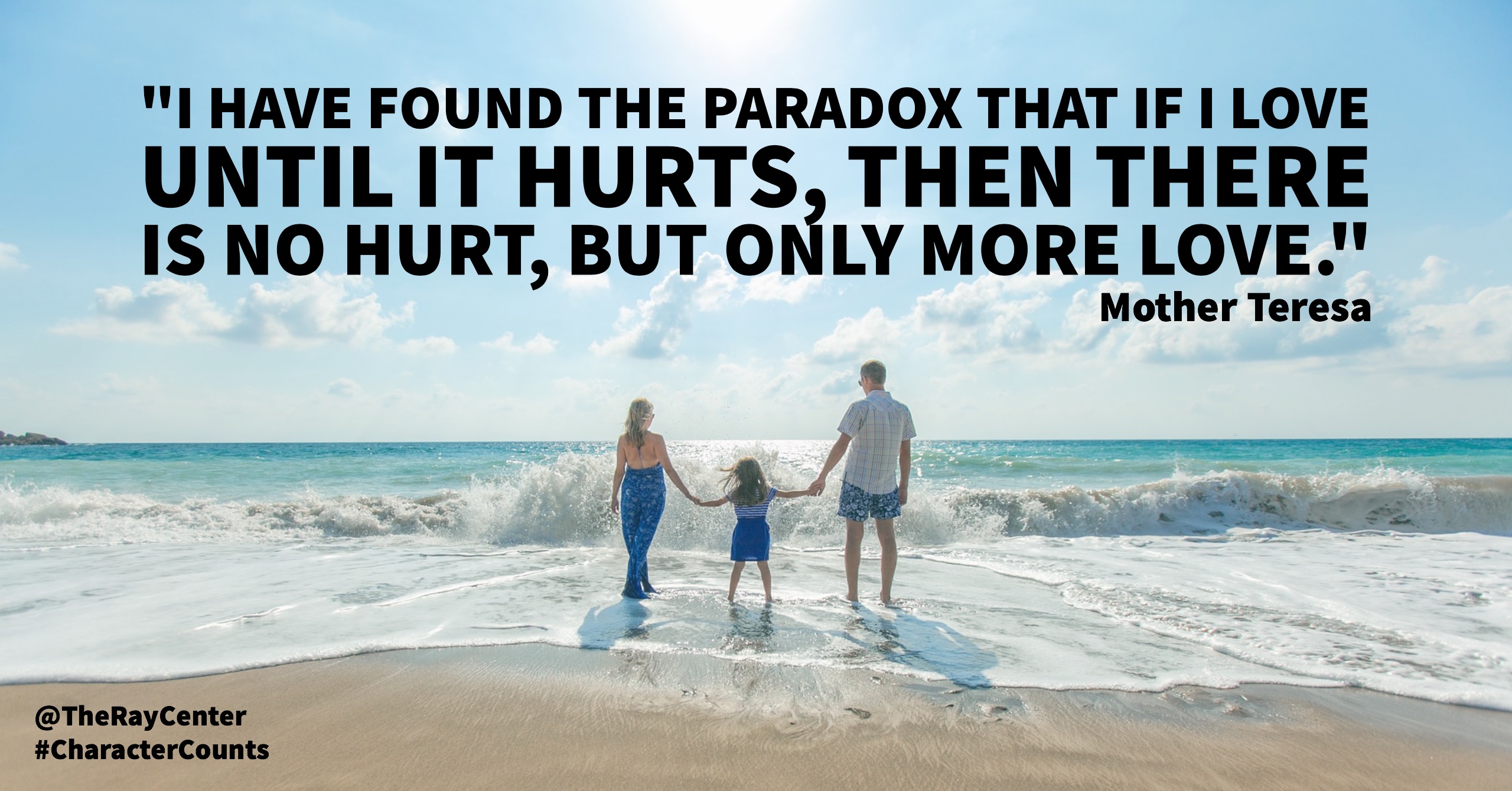
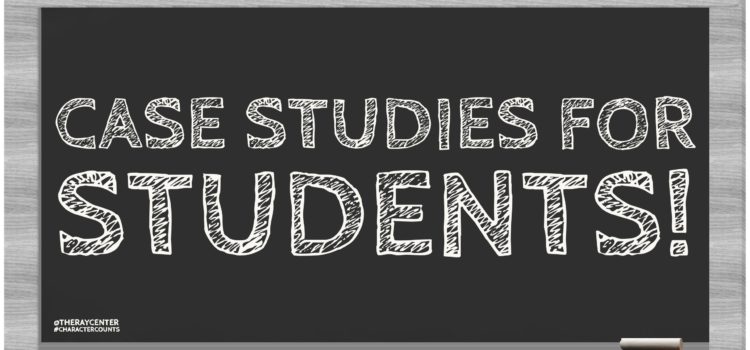
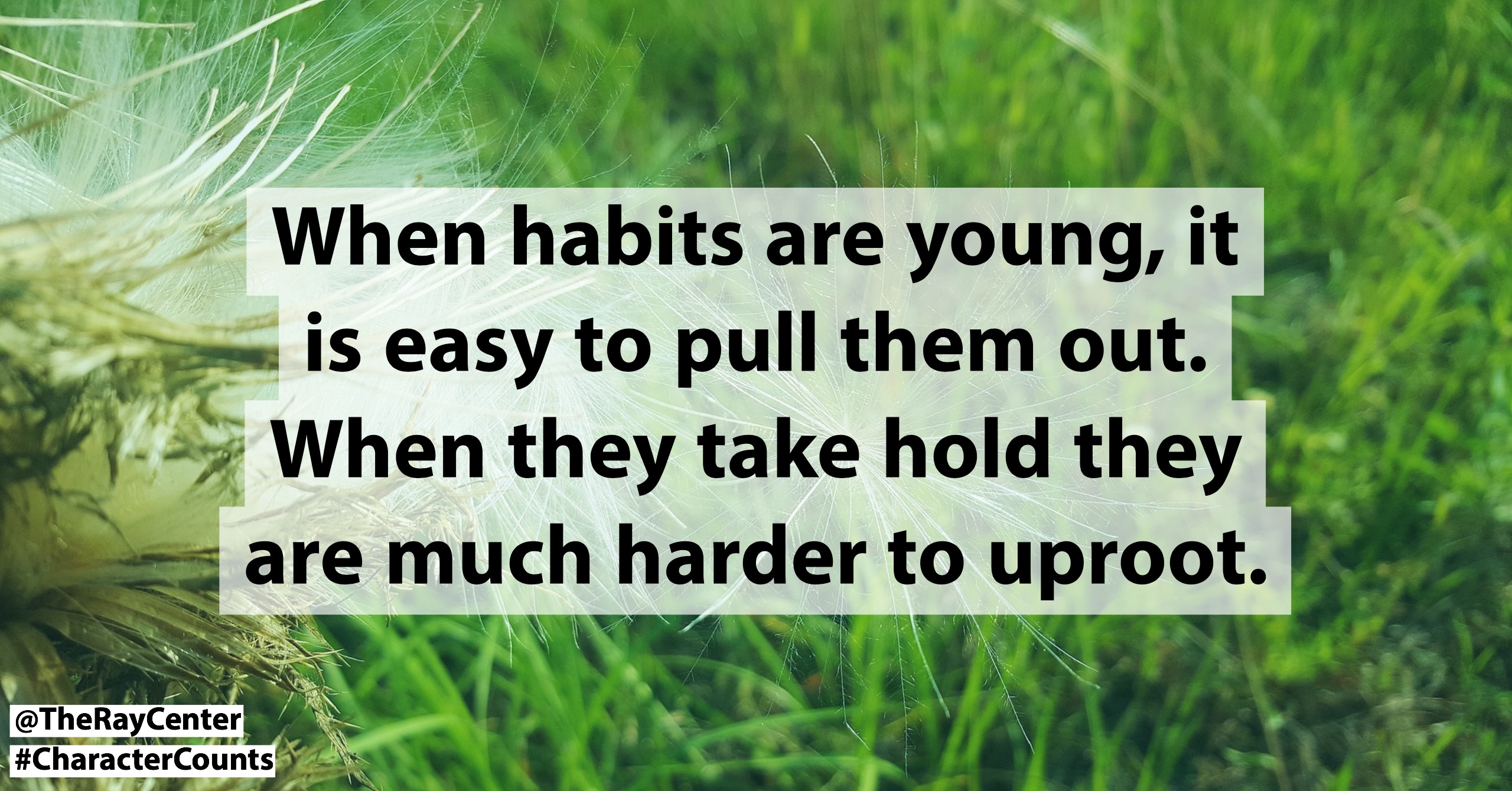
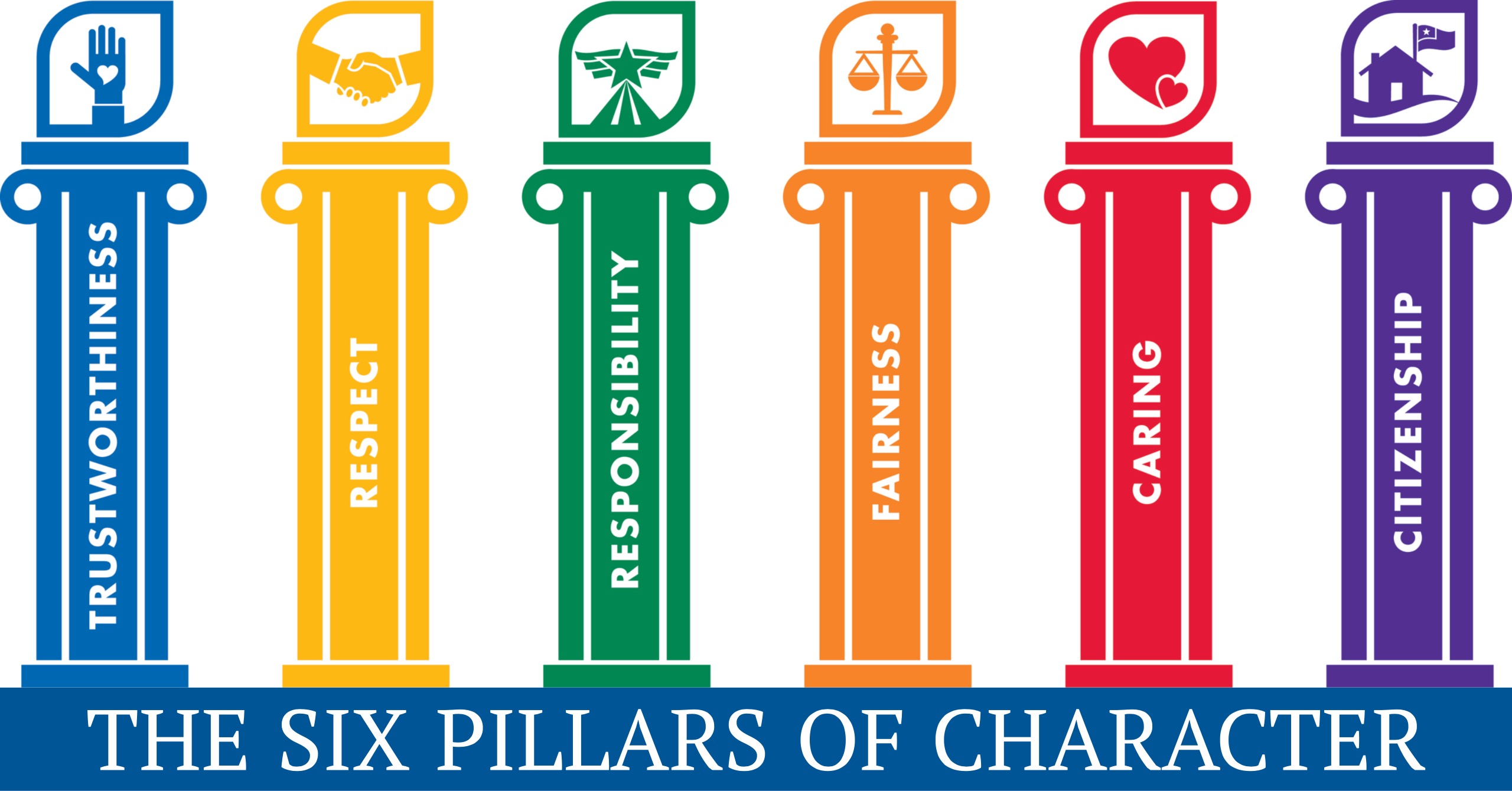
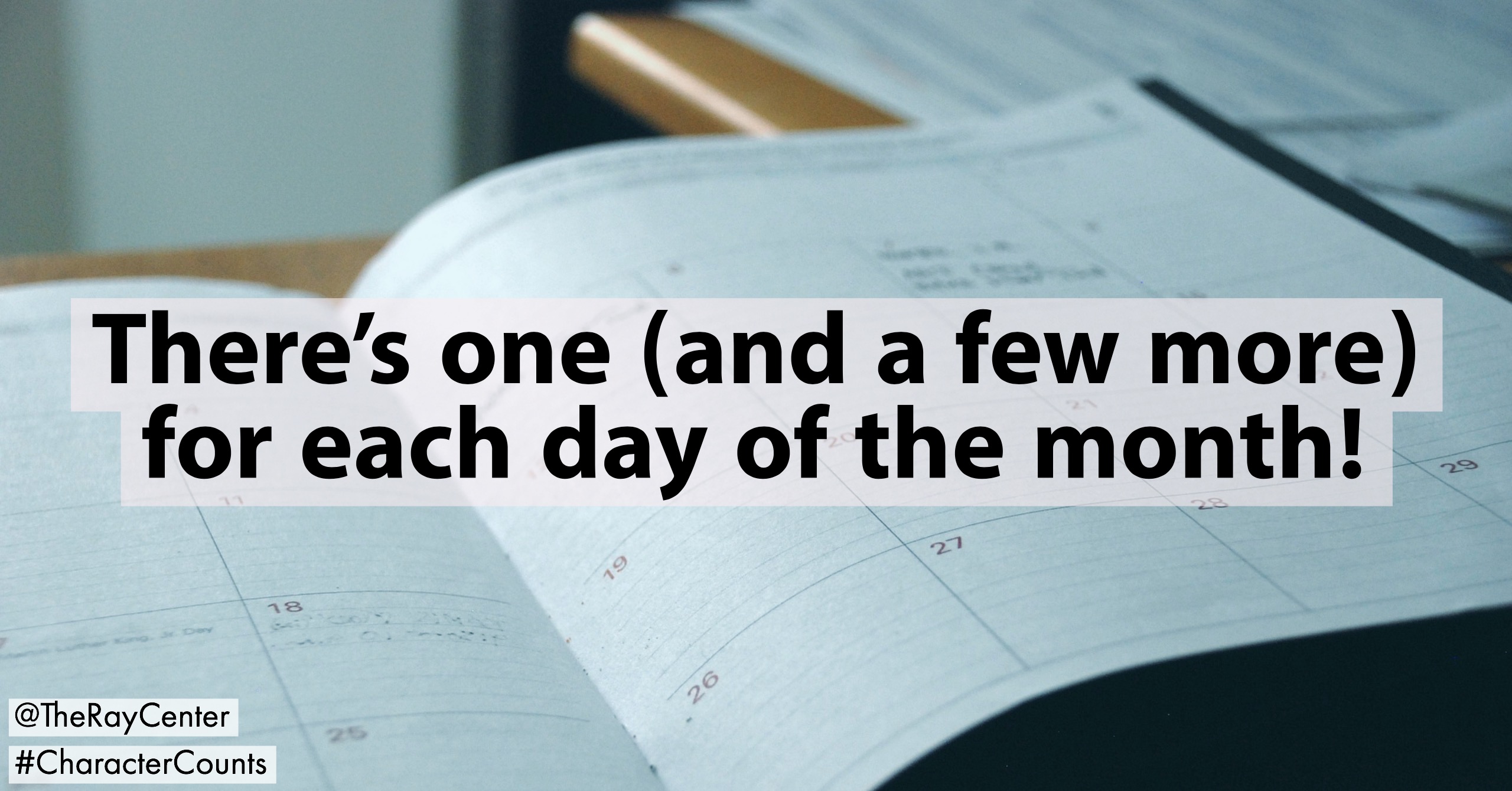


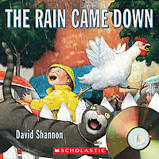


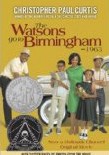



 Every Ugly Word
Every Ugly Word 
